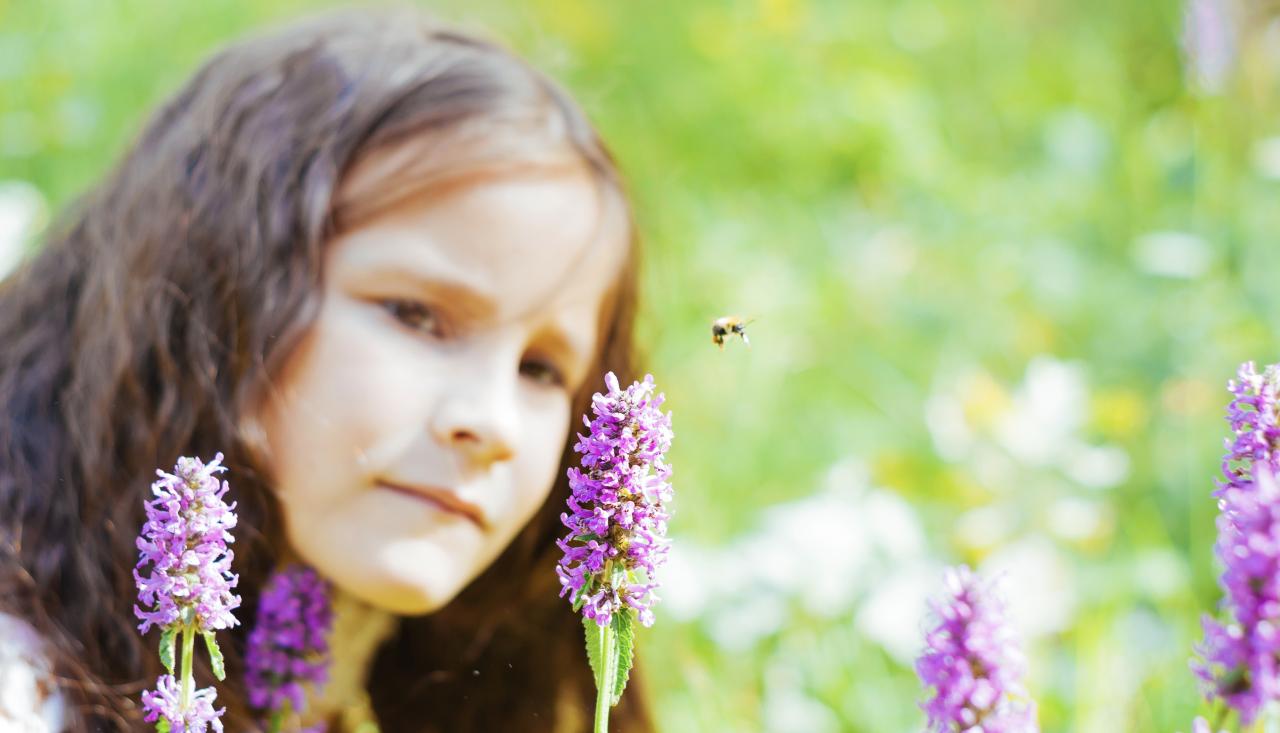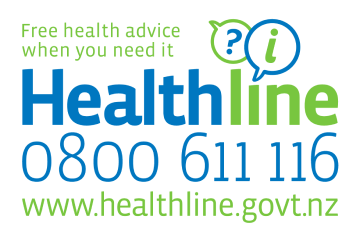First Aid For Bee Stings
First Aid For Bee Stings
Bee stings can cause redness, pain, swelling and itch. Most tamariki (children) who get a bee sting won’t need medical treatment. You can manage most mild bee sting symptoms at home.
Key points about first aid for bee stings
- bee stings can cause redness, pain, itch and swelling
- some tamariki can be allergic to bee stings
- most tamariki who get a bee sting won’t need medical treatment
- you can manage mild bee sting symptoms at home
- if your child has a bad reaction to a bee sting or their symptoms are not settling, see a health professional
Symptoms of a bee or wasp sting
Not all tamariki will have a reaction to a bee sting.
Reactions can vary from mild to severe. Occasionally tamariki can have an allergic reaction to bee and wasp stings.
Symptoms of a sting include:
- an inflamed lump where they were stung
- pain
- swelling
- sometimes the area can be itchy
- sometimes the area can feel hot
How to manage a bee or wasp sting
If your child gets a bee or wasp sting and they are otherwise well - try the following:
- scrap off the sting carefully if you can see it
- avoid squeezing the bee sting - this can make the reaction worse
- put a cold pack over the area to reduce redness and swelling
- use simple pain relief like Paracetamol to ease mild pain and swelling
Managing mild pain caused by bee stings
Paracetamol
If your child has pain, you can give paracetamol to make them more comfortable. You must follow the dosage instructions on the bottle. It is dangerous to give more than the recommended dose.
Other medicine
If a health professional gives your child ibuprofen (such as Nurofen or Fenpaed), or if you buy it at the pharmacy, follow the dosage instructions carefully. It is dangerous to give more than the recommended dose.
Never give your child aspirin, as this may increase the risk of Reye syndrome, which is a rare and serious illness.
Managing itch caused by bee stings
Some tamariki may find the area around their bee sting gets very itchy.
To ease your child’s itch, try the following:
- a cool bath
- distraction with games and activities
- stop them from overheating
- try a calamine lotion on the skin
- keep your child's fingernails short to avoid them breaking the skin when they scratch
If your child's itch is ongoing, especially if it stops them from sleeping - talk to a health professional. They may recommend trying:
- an antihistamine medicine
- a mild steroid cream to apply to the skin
Bee sting symptoms should improve over a few days.
When to get medical help for a bee or wasp sting
Most tamariki who get a bee sting won’t need medical treatment. Take your child to a health professional if they have:
- pain that doesn’t go away
- blistering or ulcers around the bee sting
- hives over their body
- signs of infection
- tummy pain
- vomiting
Symptoms of a severe reaction
Some tamariki may have a severe allergic reaction with breathing problems (for example, cough and wheeze) or collapse. Tamariki with severe reactions to insect stings can also experience tummy pain and vomiting. This is called anaphylaxis and can be life-threatening.
Dial 111 within New Zealand (use the appropriate emergency number in other countries) if your child is having a severe allergic reaction to a bee or wasp sting.
What is anaphylaxis?
Anaphylaxis is the most severe form of allergic reaction and can be life-threatening. Anaphylaxis is an emergency that needs immediate treatment with an injection of a medicine called adrenaline (epinephrine).
How to manage anaphylaxis
Anaphylaxis is an emergency that needs immediate treatment with an injection of a medicine called adrenaline (epinephrine). This is the medicine in automatic injectors such as the EpiPen®. The child or young person needs to lie down - they must not stand or walk. If breathing is difficult, allow them to sit.
Phone 111 within New Zealand for an ambulance (use the appropriate emergency number in other countries).
Watch an EpiClub Mylan video on how to use EpiPen®. The video shows an adult using an EpiPen® - you can follow the same steps for a child.
Does my child need an allergic reaction action plan?
All tamariki with insect sting allergies need an allergic reaction or an anaphylaxis action plan. This explains how to manage an allergic reaction. ASCIA (the Australasian Society of Clinical Immunology and Allergy) has developed several action plans for use in Australia and New Zealand.
See the various action plans on the ASCIA website.
Tamariki with wasp and bee sting allergies should always have their allergic reaction plan and medicine with them. It is important that their preschool and school know about the plan and have access to medicine if they need to treat your child.
See the KidsHealth page on allergies to learn more
Preventing bee and wasp stings
These tips may help keep bees away from your child and whānau, especially when you spend time outdoors.
Things you can do to help prevent bee stings:
- wear light-coloured clothing
- avoid strong perfumes
- avoid using banana-scented products
- keep tamariki away from flowering plants
- always clean up food scraps and empty plates and cups
- don’t swat at a bee or wasp if it’s flying around you
This page last reviewed 04 October 2024.
Do you have any feedback for KidsHealth?
If you have any feedback about the KidsHealth website, or have a suggestion for new content, please get in touch with us.
Email us now
